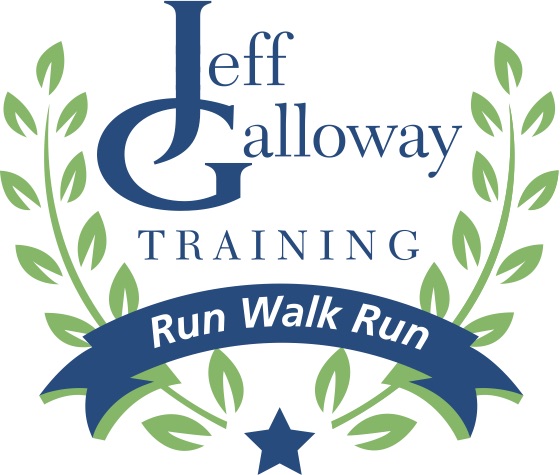
See more in Mental Training For Runners – How To Stay Motivated
Race Recovery
Even if your recent race was an “all out effort”, you can be back to your normal running routine very quickly by following a few simple steps, before and after your race. By mentally and physically preparing for the morning after, you can reduce the negatives, while emotionally riding the wave of positive momentum from even the toughest of races.
• Think about wearing a compression sleeve: Studies show that compression sleeves around the calf muscle can improve performance, reduce muscle damage and lower the chance of blood clots. It helps to wear compression sleeves during long training runs, but there seems to be no problem in wearing them for the first time in a race.
• During the race: Be sure to take walk breaks from the first few minutes, based upon your pace. (For more info, see my books GALLOWAY TRAINING PROGRAMS, HALF MARATHON, 5K/10K, and YEAR ROUND PLAN). In several surveys, runners who used to run continuously averaged 13+ minutes faster in a marathon by using the correct strategy of Run Walk Run. It is also best to start the race more slowly than you think you can run.
• At the finish line: Even if you don’t want to, keep walking after you cross the finish. Within 30 minutes of the finish, eat a snack of 200-300 calories. It’s best if this has 80% simple carbohydrate and 20% protein. If this is not available, consume simple carbohydrates and avoid any fat. Keep walking for at least half a mile or so to keep the blood pumping out the waste products and infuse the muscles with oxygenated blood.
• Soak in a cool tub: This does not have to be an ice bath. The temperature of the water needs to be 20 degrees cooler than body temperature—and most water from the “cool” water tap will supply this. Soak the legs for 15 to 20 minutes.
• Throughout the afternoon: After a meal and a shower, walk for 30-60 minutes very easily—just keep the legs moving. Drink water, Accelerade, R4 and/or citrus juice and eat some low fat protein with other carbohydrates. For the first hour after a marathon, it’s best to drink no more than 27 oz total. You’ve earned your food rewards, but don’t gorge yourself. Continue to drink and eat snacks. For the next few days, you may want to increase your consumption of vitamin C to speed up healing of little micro-tears in your muscles and tendons.
• The next day: Walk for 30-60 minutes or more. The pace can be as slow as you wish, just keep moving. If you have soreness, the walking will work it out quicker than sitting on a couch. Be sure to drink 4-6 oz. of fluids every hour, including Accelerade, over the next few days.
• Two days after—your return to running day: Start by walking for 5-10 minutes. Then, insert a 30-60 second run segment, every 1-3 minutes. Adjust the walking and running so that you feel comfortable and are not straining. The return to short segments of gentle running will speed up the recovery of race-weary muscles. The total time for the runs should be 20-45 minutes. Continue to alternate your exercise: walking one day and run/walking the next.
• The Post-Race Letdown: Even with the best preparation, there will be a natural motivational lull after a race–even the most focused athletes experience a psychological letdown. But by setting a goal, even before the first race, you can shift gears: schedule social runs with friends every month, scenic runs, and fun events.
Note: The compression sleeves may speed recovery and reduce the possibility of blood clots after the run. Research shows that compression sleeves around the calf muscle can improve performance also.




